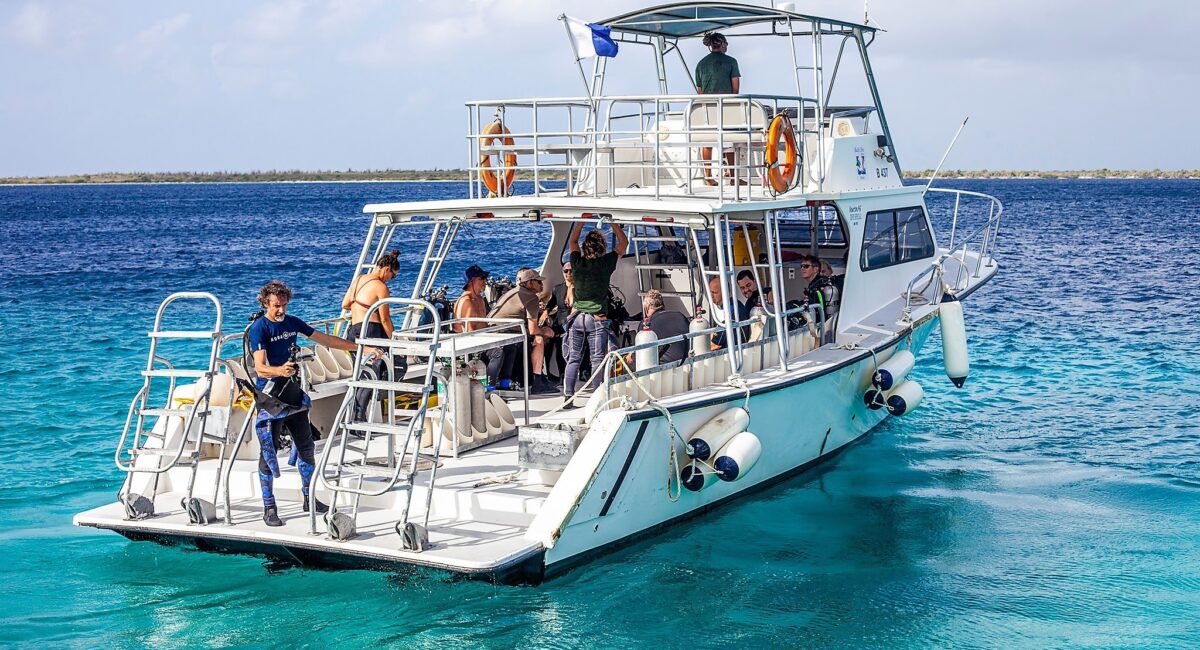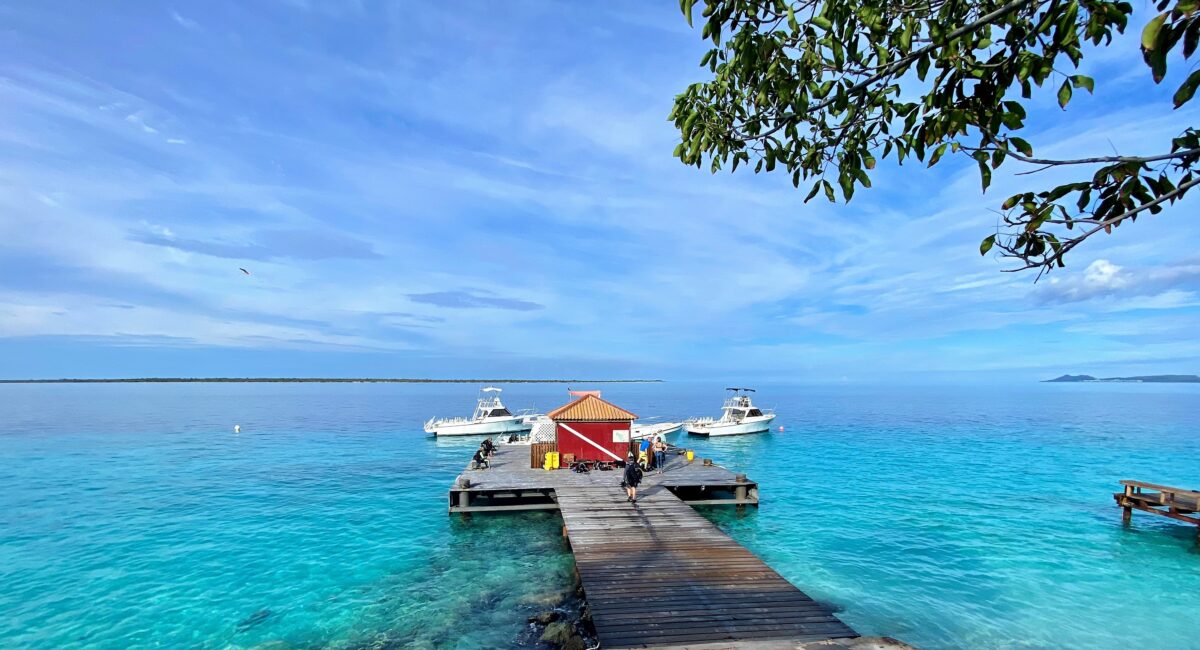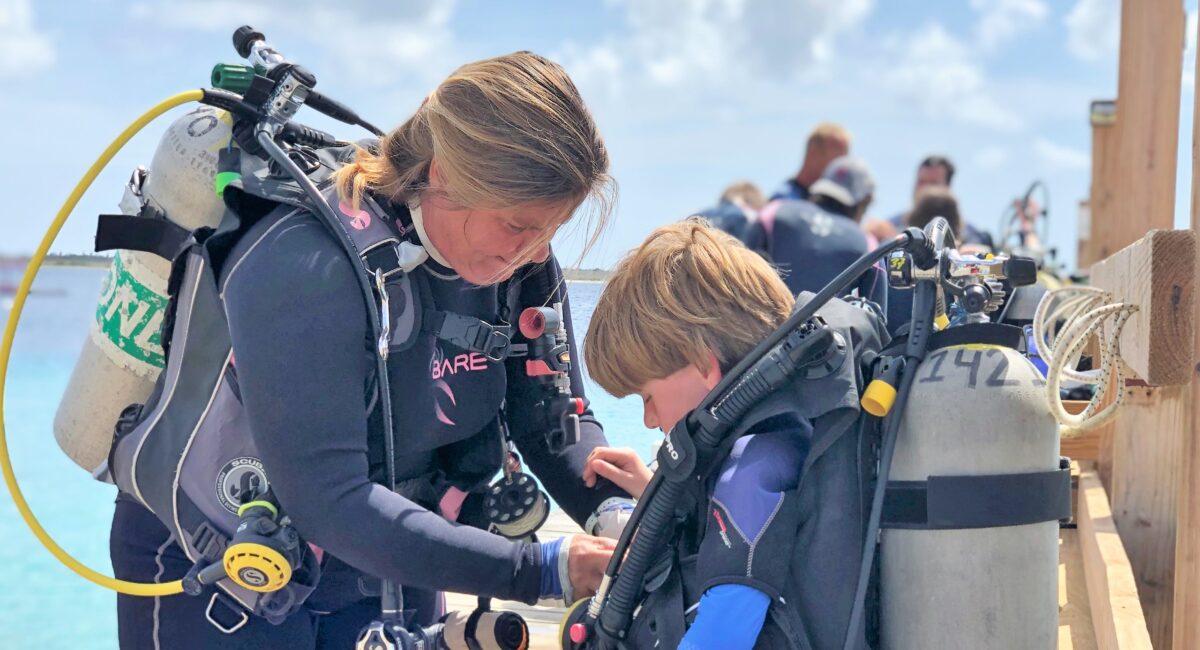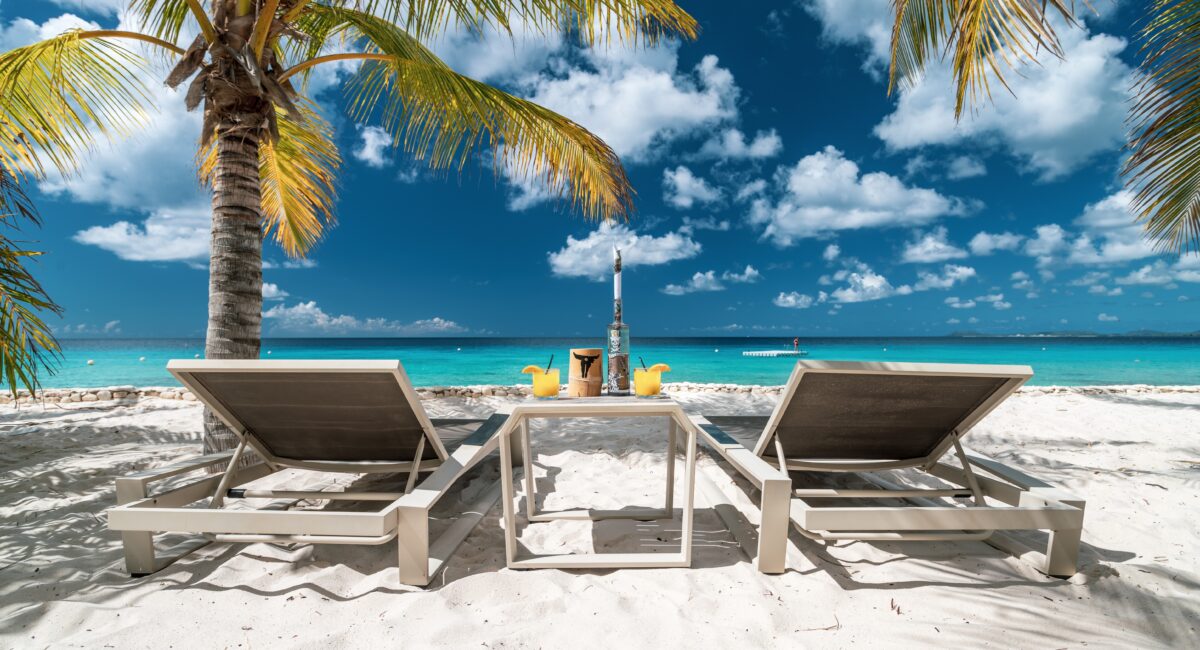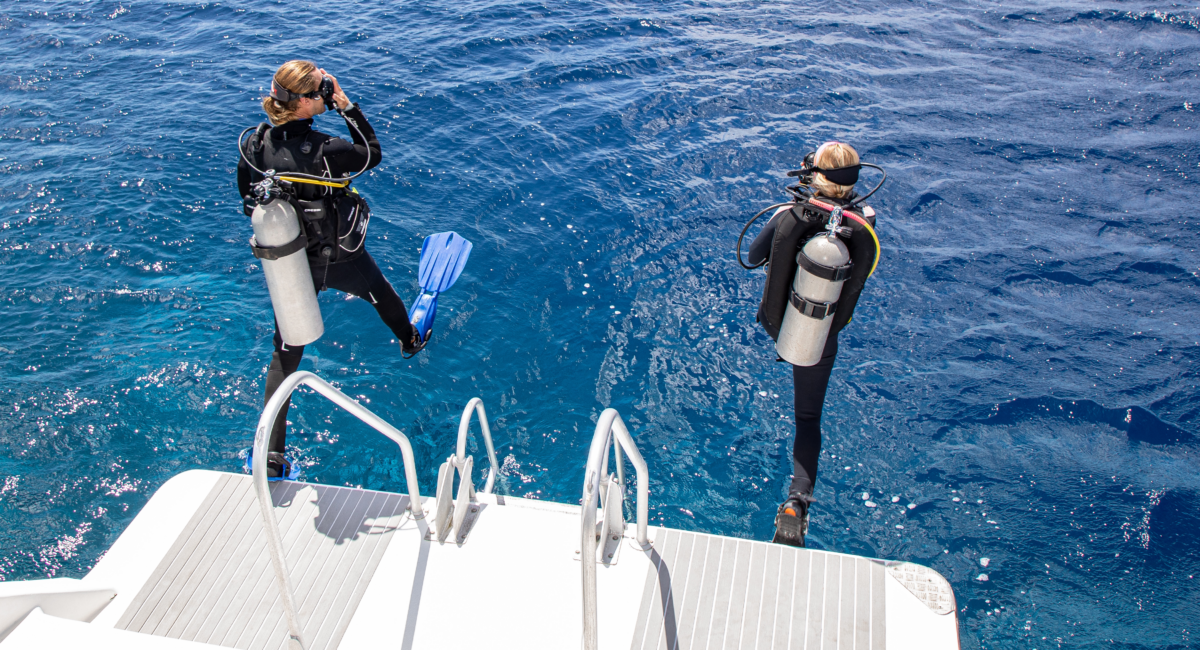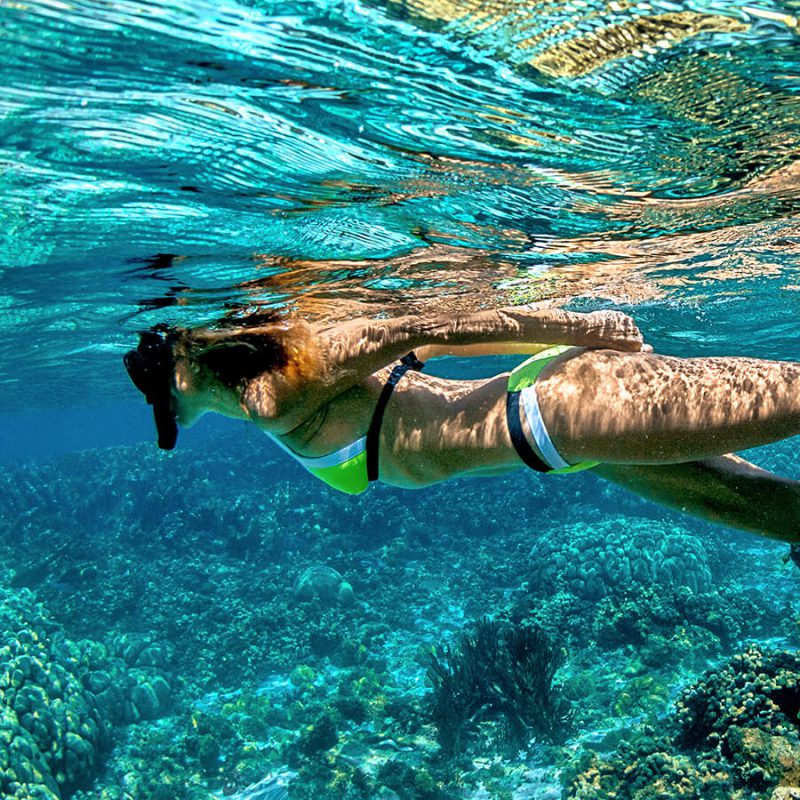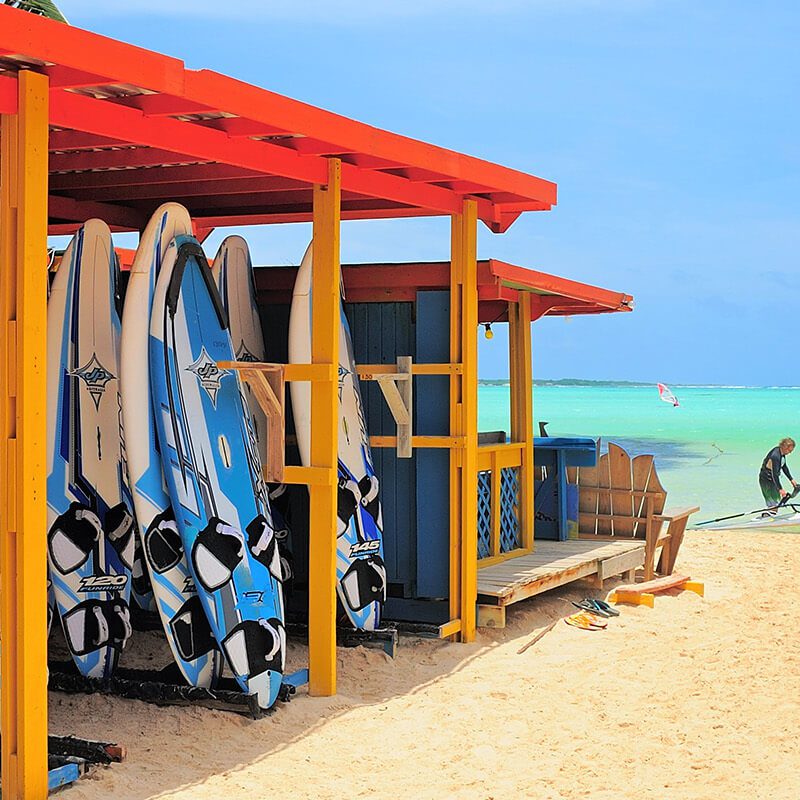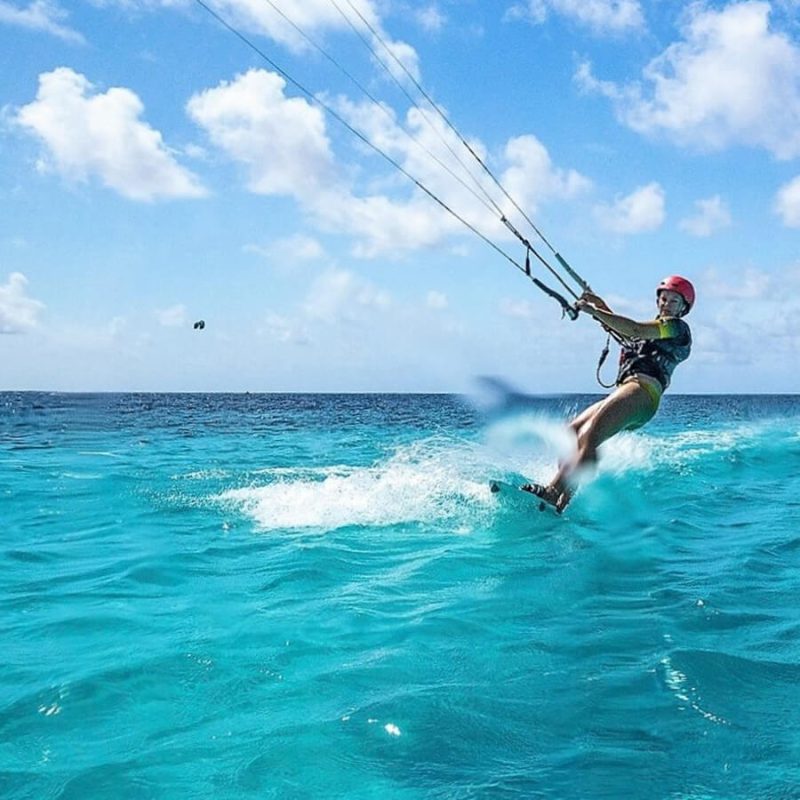What to Do
Diving
Discover Bonaire's
Unrivaled Diving
With some of the planet’s healthiest coral reefs and home to one of the world’s first established marine parks, it’s no wonder that Bonaire diving has gained a reputation as a bucket list destination for scuba divers and snorkelers.
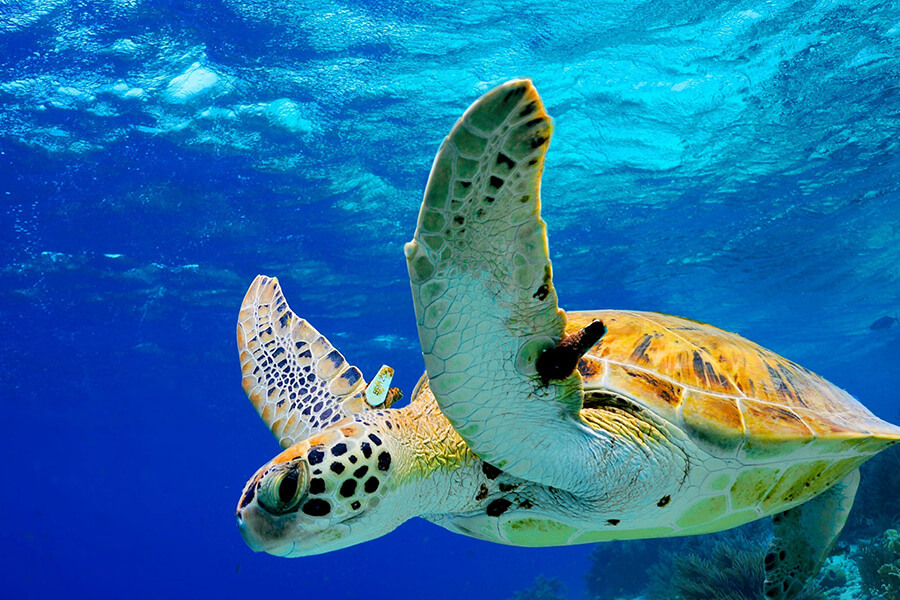
Bonaire Marine Park
Surrounded by vibrant coral reefs with the Caribbean’s most diverse marine life populations, Bonaire ranks among the Caribbean’s best for scuba diving and snorkeling. Bonaire’s far-sighted conservationists have preserved it for us to enjoy.
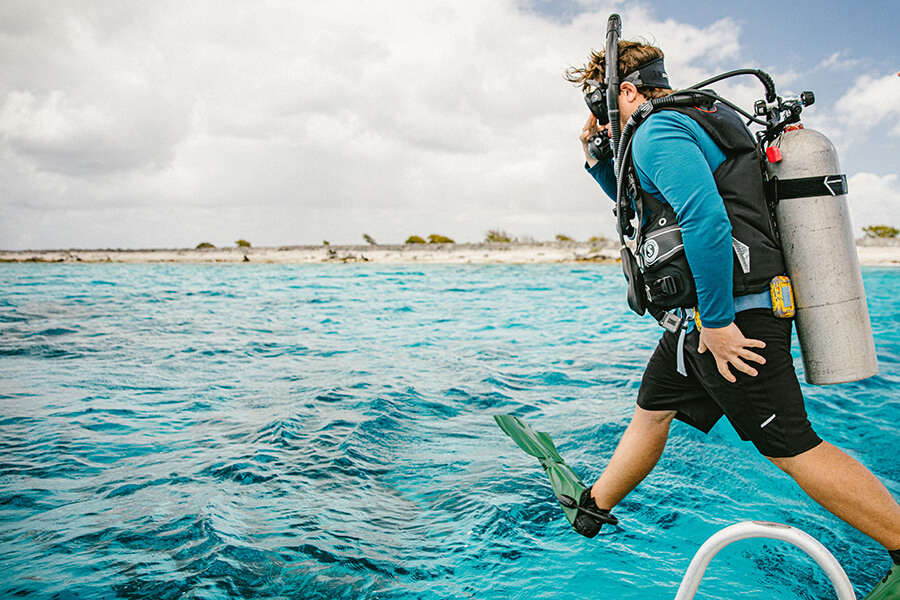
Boat & Shore Diving
Experience effortless boat diving or shore diving on your own schedule. No other destination offers the range of diving choices and ultimate freedom you’ll find on Bonaire. Packages with boat dives, shore diving or both are available.
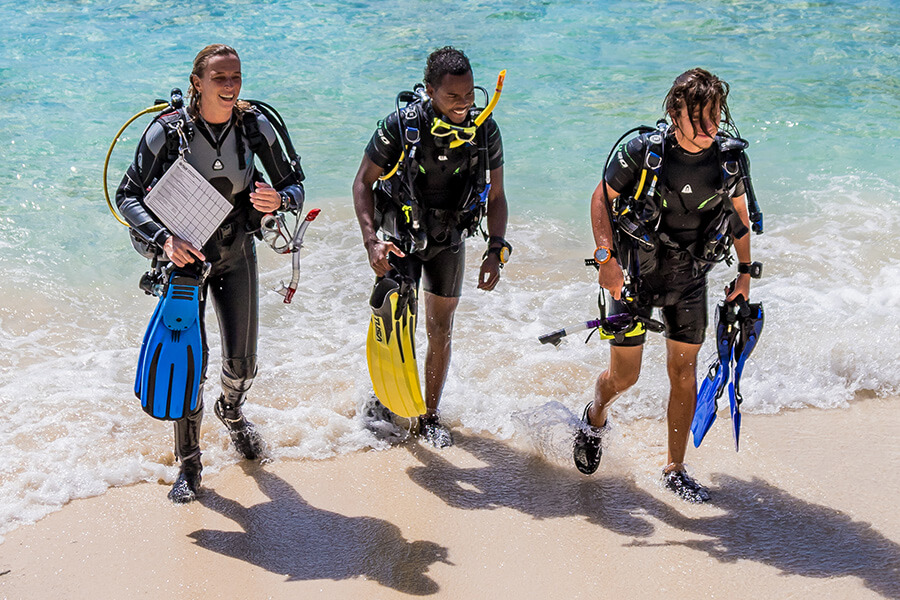
Dive Shops & Services
From expert instruction to the latest equipment and gear rental, we can help you find everything you need for your scuba diving and snorkeling vacation. Bonaire’s dive shops and passionate professionals will help you experience the best diving in the Caribbean.
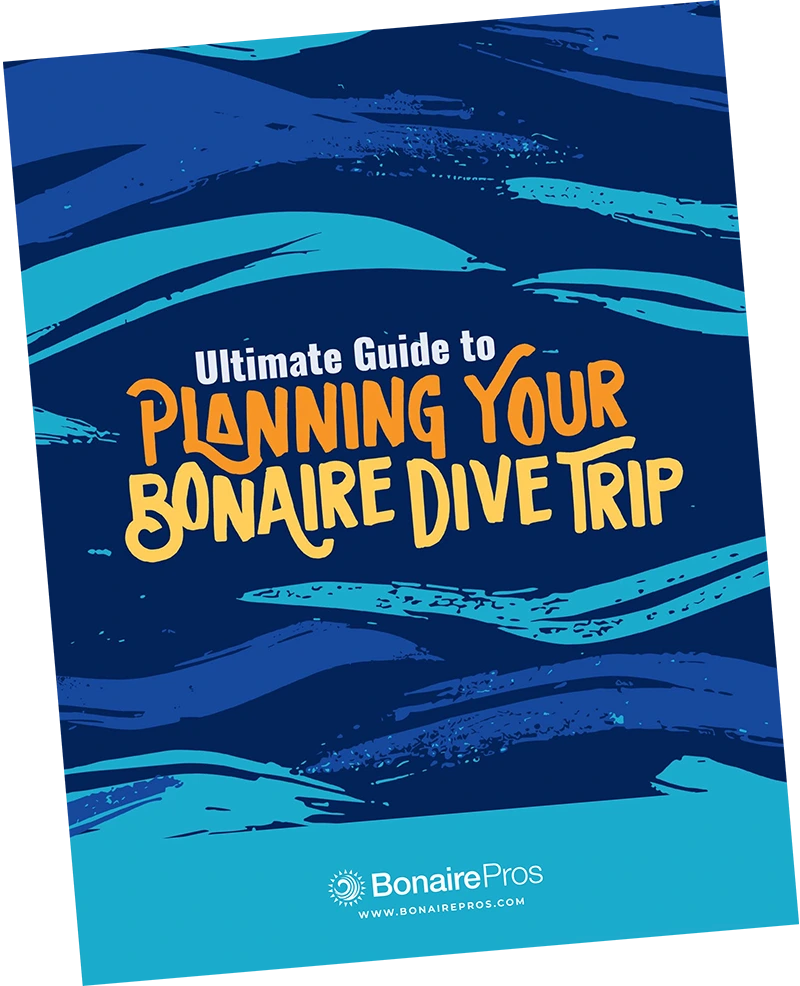
Plan Like a Pro!
Make every moment of your dive vacation count with the Ultimate Guide to Planning Your Bonaire Dive Trip. Get the inside scoop on everything including where to stay, dive and relax. Get your free copy and dive in today!
Book Your Dive Vacation
Find the best deals on Bonaire diving and accommodations.
See All Diving Offers
Activities
More To Do
There’s always something new to experience on Bonaire. Along with mountain biking, kite boarding, kayaking, hiking and birding, it’s an ideal destination for families and friends to spend time together.

